Table of Contents
On February 4, 2004, Mark Zuckerberg, a Harvard sophomore, launched The Facebook, a social media website designed to connect Harvard students.
Within the first 24 hours, over 1,000 students registered, marking the beginning of a phenomenal success story. Initially intended as a college networking site, the platform quickly expanded beyond Harvard’s walls.
Today, Facebook is one of the world’s largest social networks, with billions of users worldwide. This article will explore the journey of Facebook from its humble beginnings to its current status as a global tech giant, examining its impact on the internet and how people connect online.
The Birth of Facebook
Facebook’s origins are deeply rooted in Mark Zuckerberg’s experiences as a Harvard student. The social networking site was born out of the need for a platform that could connect Harvard students more effectively.
Mark Zuckerberg’s Early Years
Mark Zuckerberg, born on May 14, 1984, in White Plains, New York, showed a keen interest in computers and programming from an early age. He attended Phillips Exeter Academy before enrolling at Harvard University in 2002. Zuckerberg’s time at Harvard was marked by his creation of a website called “FaceMash” in 2003, which allowed users to compare the photos of two students and vote on which one was more attractive. This project, though short-lived due to its controversial nature, brought Zuckerberg into the spotlight on campus and laid the groundwork for his future endeavors.
Harvard Origins
At Harvard, Zuckerberg was surrounded by a vibrant community of students, which inspired him to create a social networking site tailored to their needs. Initially called “The Facebook,” the website was launched on February 4, 2004. It quickly gained popularity among Harvard students, with over half of the university’s undergraduate population registering within the first few days. The site’s success was fueled by its ability to connect students, allowing them to share information and interact with one another in a more meaningful way. As the user base expanded, so did the site’s potential, setting the stage for Facebook’s future growth beyond Harvard’s campus.
When Did Facebook Come Out? The Official Launch
On February 4, 2004, Mark Zuckerberg launched ‘The Facebook,’ a website that would change the way people connect. This launch marked the beginning of a new era in social media, initially targeting the Harvard University community.
February 4, 2004: “The Facebook” Goes Live
The launch of Facebook was met with rapid adoption. Half of the students at Harvard University signed up for the service within a week of its launch. The platform’s minimalistic design and the primary use of profile pictures to determine a user’s relationship status contributed to its initial appeal.

Initial Reception and Growth
The initial reception of Facebook was overwhelmingly positive, with users praising its ease of use and the novelty of connecting with others through a dedicated online platform. As the platform grew, so did its features, shaped by user feedback. The viral nature of Facebook’s spread through Harvard’s social networks played a significant role in its rapid growth.
| Metric | Value | Description |
|---|---|---|
| Users in the first week | Half of Harvard’s student population | Rapid adoption rate |
| Primary determinant of relationship status | Profile picture | Influenced user interactions |
| Requests from other universities | Significant | Indicated broader appeal |
The exclusivity factor, initially available only to Harvard students, contributed to Facebook’s appeal and was a key component of its growth strategy. As the platform expanded, it became clear that Facebook was on the path to broader success.
Facebook’s First Year: 2004-2005
In 2004-2005, Facebook underwent a transformative period, marked by its expansion to other universities and a significant rebranding effort. This pivotal year laid the groundwork for the platform’s future growth.
Expansion to Other Universities
Facebook’s expansion beyond Harvard was rapid, with the network soon becoming available to other colleges and universities. This strategic move was crucial in increasing its user base and establishing a broader presence.
Dropping “The” from the Name
During this time, Facebook made a significant branding decision: it dropped “The” from its original name, “TheFacebook.” This change coincided with the platform’s expansion into Mexico, New Zealand, and some European countries. The simplified name contributed to the platform’s global appeal and recognition. The purchase of the facebook.com domain name for $200,000 in 2005 further solidified its brand identity.
By the end of its first year, Facebook had established itself as a major player in the social media landscape, setting the stage for its continued growth and evolution over time.
Key Early Developments: 2005-2007
Between 2005 and 2007, Facebook underwent significant developments that expanded its capabilities. This period was crucial for the social network as it introduced new features and technologies that enhanced user experience and paved the way for future growth.
Introduction of Photos and Tagging
In 2005, Facebook introduced the ability to upload photos and tag friends, a feature that became incredibly popular. This feature allowed users to share moments from their lives and connect with others more effectively. The introduction of photo tagging not only increased user engagement but also made the platform more interactive.
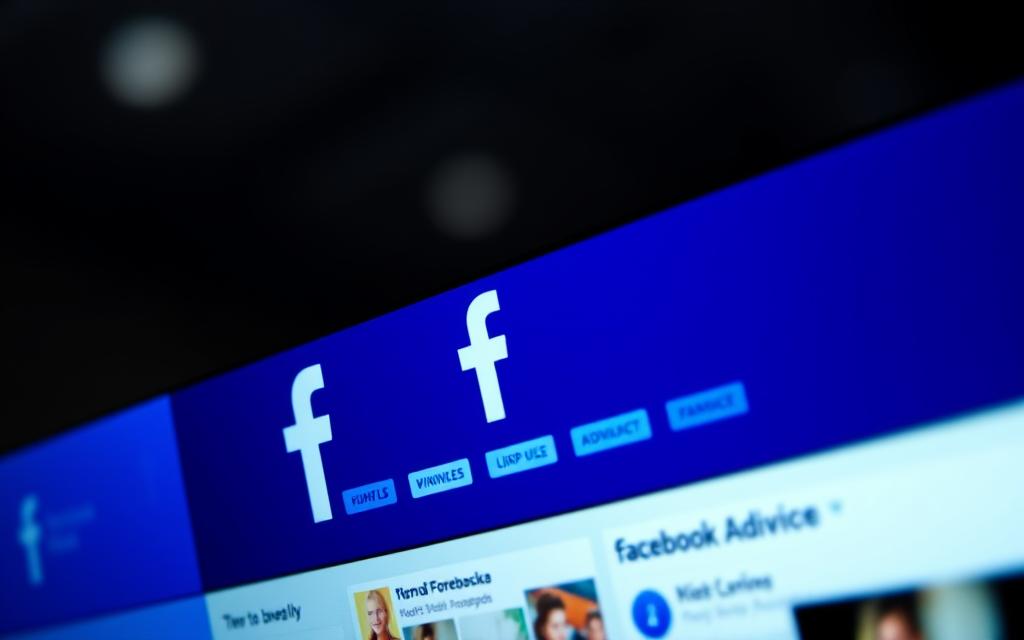
The Launch of Facebook Platform
The launch of the ‘Facebook Platform’ in May 2007 marked a significant milestone. This platform allowed developers to create apps and integrate them into Facebook, creating a new ecosystem of applications. The F8 developer conference, where the Platform was announced, was well-received, and the opening of the platform to third-party developers drove user engagement through popular early applications like FarmVille and SuperPoke. By transforming Facebook into a development platform, this move positioned it against other tech giants like Google and Apple, signaling a new era in its operation.
As Mark Zuckerberg noted, “The Facebook Platform is a way for developers to build applications that are social, that are connected to the real world, and that are viral.” This vision transformed Facebook’s role in the tech landscape.
Facebook’s Commercial Evolution
The commercial evolution of Facebook was marked by significant milestones, including the introduction of Facebook Ads and crucial investments. As the platform grew, so did its potential for advertisers, making it an attractive option for businesses looking to reach a vast audience.
Introduction of Facebook Ads
In 2005, Facebook introduced Facebook Ads, allowing businesses to create targeted advertisements based on user data. This innovation revolutionized the advertising industry by providing a platform that could deliver highly specific ads to users. The introduction of Facebook Ads was a crucial step in Facebook’s commercial evolution, transforming it into a major revenue-generating company.
Early Investments and Valuation
One of the pivotal moments in Facebook’s early commercial development was the investment by Peter Thiel, co-founder of PayPal, who contributed $500,000 for a minority interest in 2004. This investment valued Facebook at $5 million. Later, in 2007, Microsoft invested in Facebook, valuing the company at $15 billion. These investments not only provided necessary capital but also signaled confidence in Facebook’s growth potential, helping to fuel its expansion to over a billion monthly active users.
The equity structure and control of the company were significant concerns during these investment rounds. Mark Zuckerberg maintained control by negotiating terms that allowed him to retain a significant portion of the company. However, this period was not without controversy, as disputes arose over equity dilution, notably with Eduardo Saverin, leading to a protracted legal war over the years.
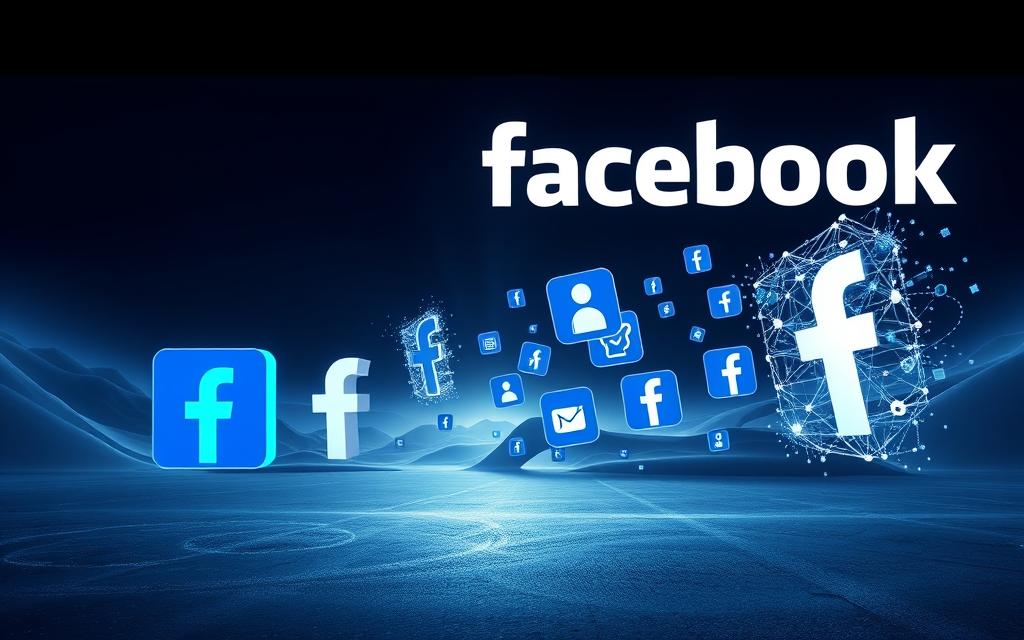
- Key investment rounds, including Peter Thiel’s initial $500,000 investment, played a crucial role in Facebook’s commercial evolution.
- Microsoft’s 2007 investment valued Facebook at $15 billion, highlighting the company’s rapid growth.
- The equity structure was a critical aspect, with Zuckerberg maintaining control through strategic negotiations.
- Tensions between growth-focused investors and those concerned with immediate monetization were evident.
- Legal disputes, particularly with Eduardo Saverin over equity dilution, marked this period.
Major Feature Milestones: 2007-2012
From 2007 to 2012, Facebook underwent significant transformations with the introduction of new features that would shape its operation and user engagement. This period was marked by the development of key features that not only enhanced the user experience but also positioned Facebook for future growth.
News Feed and Like Button
In 2009, Facebook introduced the “Like” button, revolutionizing how users interacted with content on the platform. This feature was a significant addition, allowing users to show appreciation for posts without leaving a comment. The introduction of the News Feed in 2006 had already changed how users consumed information on Facebook, making it a central part of the Facebook experience.
Mobile App Development
Facebook’s mobile strategy began to take shape in 2007 with the announcement of Facebook Mobile. The first version of the mobile app was basic, but it marked the beginning of Facebook’s transition to a mobile-first company. As smartphones became more prevalent, Facebook continued to update its app, eventually leading to the development of native applications. This shift was not without its challenges, as Facebook faced a “war” for dominance in the mobile space, competing with other social media platforms.
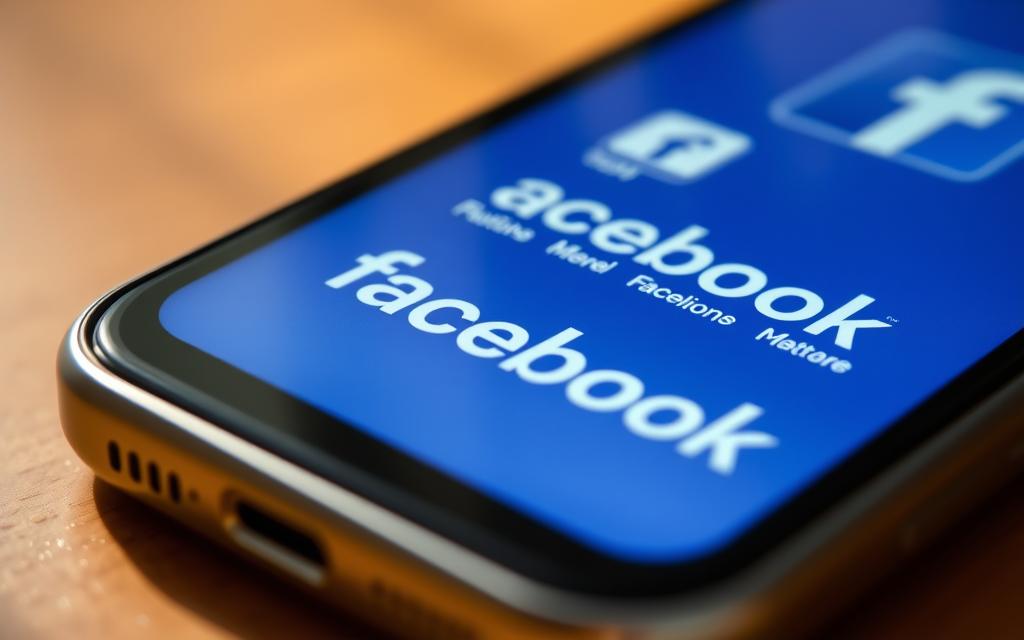
Facebook’s journey towards becoming a mobile-centric platform involved several key steps, including the development of a mobile-friendly site and eventually, native mobile apps. The acquisition of Instagram in 2012 was a strategic move that bolstered Facebook’s mobile presence. Initially, Facebook struggled with mobile monetization, but it eventually overcame these challenges through innovative ad strategies.
The transformation to a mobile-first company had a significant impact on Facebook’s product development priorities, with a greater emphasis on mobile app features that differed from the desktop experience. This shift was crucial in maintaining user engagement across different platforms.
Expanding the Facebook Empire
Facebook’s expansion strategy has been marked by significant acquisitions that have reshaped the social media landscape. Over the years, the company has made strategic purchases to diversify its offerings and strengthen its position in the tech industry.
Strategic Acquisitions
In February 2014, Facebook announced the acquisition of WhatsApp, a prominent instant messaging application, for $19 billion. This move was seen as a strategic effort to expand Facebook’s reach in the global market, particularly in regions where WhatsApp was more popular than Facebook’s core platform.
The acquisition of WhatsApp was followed by other significant purchases, including Oculus VR in 2014 for $2 billion. These acquisitions not only expanded Facebook’s portfolio but also enhanced its capabilities in areas such as virtual reality.
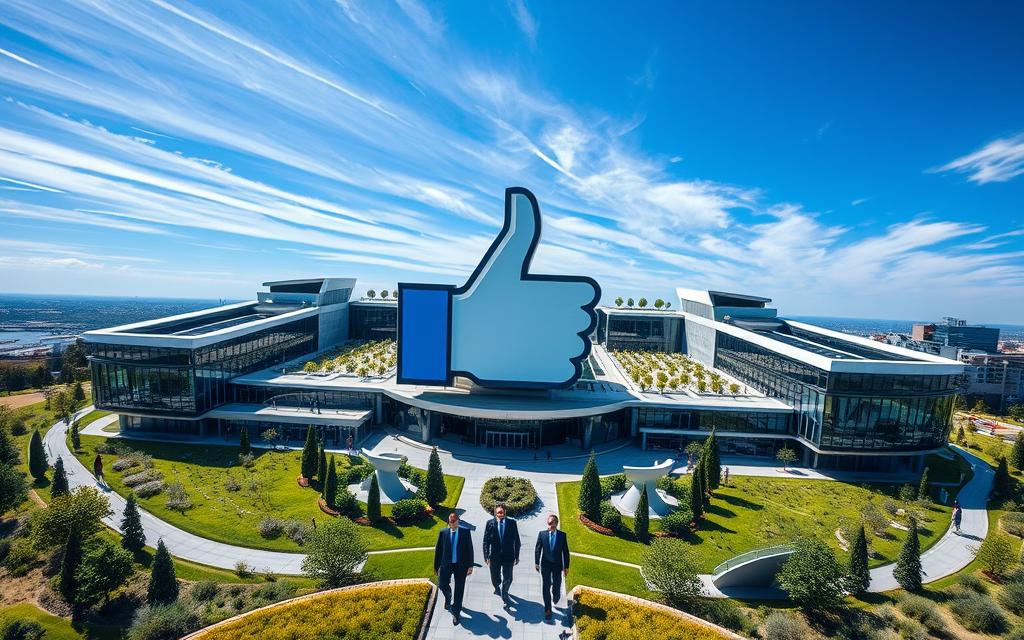
Integration and Growth
These acquisitions fit into Facebook’s broader vision and growth strategy, allowing the company to explore new areas such as virtual reality and encrypted messaging. WhatsApp’s focus on privacy and encryption presented both opportunities and challenges for Facebook, particularly in terms of balancing user privacy with the need for content moderation.
Within two years of the acquisition, Facebook began to integrate WhatsApp’s features with its own, enhancing the overall user experience. However, maintaining separate brand identities while ensuring a cohesive ecosystem remained a key challenge.
The acquisitions have enabled Facebook to expand its global reach, particularly in markets where the core Facebook platform wasn’t dominant. This strategic expansion has helped Facebook stay competitive in a rapidly evolving tech landscape, avoiding a potential “tech war” by innovating and acquiring promising technologies.
By diversifying its portfolio through strategic acquisitions, Facebook has been able to create a more robust and diverse ecosystem, enhancing its ability to deliver a wide range of content to users worldwide.
Facebook’s Transformation: 2015-2020
As Facebook continued to evolve, the period between 2015 and 2020 marked significant transformations in its features and user experience. This era was characterized by the introduction of new features that shifted how users interacted with the platform.
Algorithm Changes and User Experience
During this period, Facebook made significant changes to its algorithm to prioritize content that users were likely to engage with. This change aimed to improve user experience by showing more relevant content. The algorithm updates had a profound impact on how content creators and marketers approached their strategies on the platform. By focusing on engagement, Facebook encouraged users to produce more interactive and engaging content.
Live Video and Stories
Facebook introduced Facebook Live in 2016, a feature that allowed users to broadcast live videos directly from the app. This move was a response to the growing popularity of live streaming on other platforms like YouTube and Twitch. The introduction of Facebook Live changed the landscape of content creation on the platform, with many creators leveraging the feature to engage with their audiences in real-time. In year 2017, Facebook followed Instagram’s lead by introducing Facebook Stories, further emphasizing the platform’s shift towards more ephemeral and visual content.
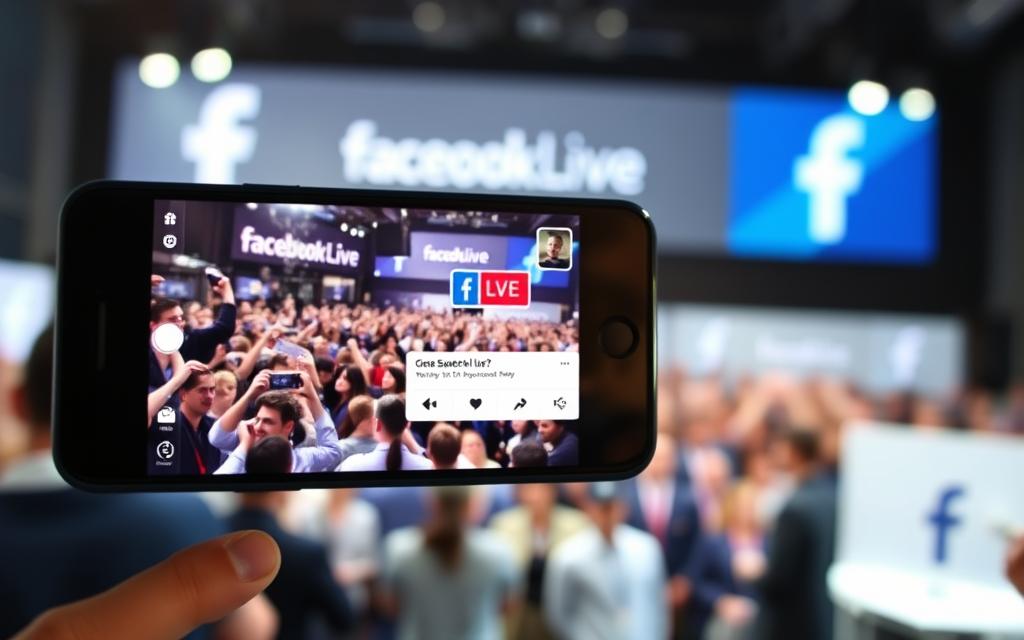
The introduction of these features not only enhanced user engagement but also positioned Facebook competitively against other social media platforms like Snapchat and TikTok. By incentivizing creators through monetization options, Facebook encouraged the production of high-quality content, further enriching the user experience.
The Meta Era: Facebook Today
With the rebranding to Meta, Facebook is poised to revolutionize the way users interact in the digital world. This move marks a significant shift in the company’s mission and technology under the leadership of Mark Zuckerberg.
Rebranding to Meta
The rebranding to Meta signifies a new era for the company, focusing on building a more immersive digital environment. This change is not just about a name; it’s about expanding the company’s scope beyond traditional social media.

The Metaverse Vision
Meta’s vision for the metaverse is to create an immersive digital environment where users can interact, work, and play. Despite the ambitious plans, the metaverse has faced challenges, and it’s not without the risk of a potential attack on its infrastructure. However, Meta is investing heavily in virtual reality through Oculus and other technologies to make this vision a reality.
The metaverse represents a potential future beyond traditional social media, offering new opportunities for growth and innovation. Early metaverse products, such as Horizon Worlds, are just the beginning.
Conclusion
The story of Facebook is one of rapid growth, strategic acquisitions, and a relentless pursuit of connecting people worldwide. Over the years, Facebook has evolved significantly, transforming from a college networking site to a global social media giant. With nearly 3 million registered users, it remains a pivotal network in the digital landscape. Reflecting on its history, we see a platform that has fundamentally changed how people interact on the internet. As part of the Meta ecosystem, Facebook’s future looks promising, continuing to shape digital culture.
FAQ
Who founded Facebook?
Facebook was founded by Mark Zuckerberg, along with his college roommates and fellow Harvard University students Eduardo Saverin, Andrew McCollum, Dustin Moskovitz, and Chris Hughes.
What was the original purpose of Facebook?
The original purpose of Facebook was to create a social networking site for Harvard University students, allowing them to connect with one another and share information.
How many users does Facebook have today?
Facebook has over 2.7 billion monthly active users, making it one of the largest social media platforms in the world.
What significant changes has Facebook undergone since its launch?
Facebook has undergone numerous significant changes, including the introduction of the News Feed, the Like button, and the acquisition of Instagram and WhatsApp.
What is the Meta Era, and how does it relate to Facebook?
The Meta Era refers to the rebranding of Facebook to Meta, marking a shift in focus towards building the metaverse, a virtual reality platform that aims to revolutionize the way people interact online.
How has Facebook’s algorithm changed over the years?
Facebook’s algorithm has undergone numerous changes, with a focus on improving user experience and prioritizing content from friends and family, as well as introducing new features such as live video and stories.
What major acquisitions has Facebook made?
Facebook has made several major acquisitions, including Instagram in 2012 and WhatsApp in 2014, expanding its offerings and capabilities in the social media and messaging spaces.
How has Facebook’s user base expanded beyond Harvard University?
Facebook’s user base expanded beyond Harvard University by opening up to other universities, colleges, and eventually, the general public, allowing anyone to create an account and connect with others.









